Early Bird
Deadline
January 31, 2026
Judging
Date
May 18, 2026
Winners
Announced
June 10, 2026
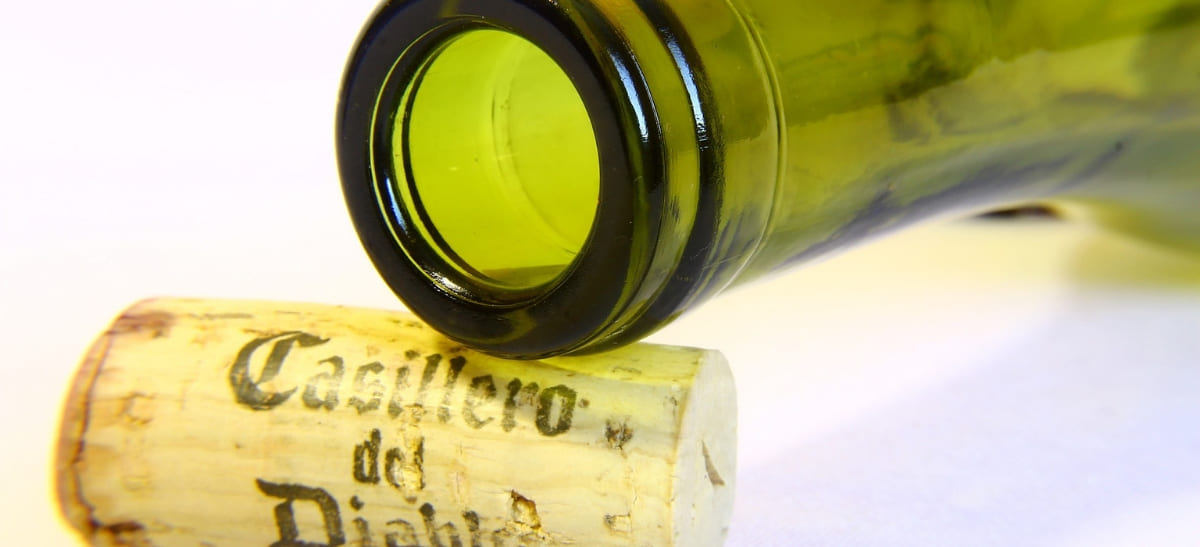
Life is too short to drink bad wine- Johann Wolfgang
Nothing breaks a wine lover’s heart than an awful glass of wine. When you have a wine you want to save for the next few days you just want to make sure that it retains the freshness and is still delicious. Below tips will make it easier to drink wine whenever your mood strikes.
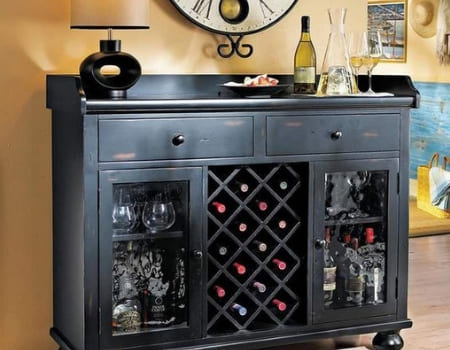
Image credit: Pinterest
Exposure to light should always be kept to a minimum. One should try to store the wine bottle in a dark place free from natural light as natural light of the sun can cause a build-up of heat inside the bottle, speeding up the oxidation process. Keeping your wine away from windows and other sources of natural light will ensure cooler, more humid conditions and prevent UV rays from hitting the bottles and causing an unpleasant aroma. Your best bet for a light source is LED. LED lighting creates a soft glow without giving off any heat. The UV rays can degrade the wine, which is why most bottles of red wines come in darker colored glass bottles. The dark tint helps to protect wine from the sun.
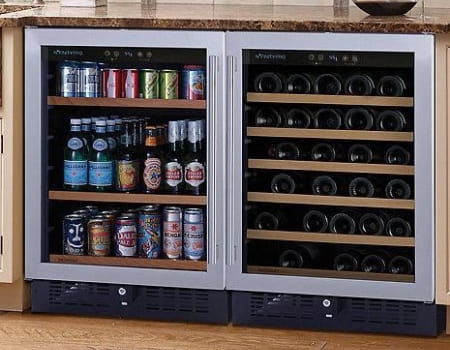
Image credit: Pinterest
Oxygen is the enemy when it comes to storing wine. As soon as you open a bottle of wine, oxygen begins to interact with wine and change its composition over the period of time. At first, this is a good thing, as oxygen allows wine to open up and release its aromas. However, if the wine is exposed to oxygen for a longer period of time, it will start to degrade and turn into vinegar. This is known as Oxidation.
The simplest way to slow down the oxidation process is to place your wine in the fridge as soon as you’re done drinking. The more wine in contact with oxygen, the more quickly it will start to degrade. The cool temp can’t stop exposed wine from breaking down, but it can slow the process significantly. Using a wine fridge which is set around 55 degrees is a great option as it will keep your wine cool enough to slow oxidation, but not as cold as a standard refrigerator.

Image credit: Pinterest
The more air you can suck out from the ullage in the open bottle, the less oxygen there is to destroy your wine. There are many vacuum pumps available in the market that can reduce the amount of air by literally sucking it out. Pump systems often include stoppers. Insert the stopper into the bottle, and then attach the pump to the stopper to remove oxygen from the bottle. Since many of the vacuum pumps are inexpensive and people believe they are a simple and effective way to preserve an open bottle of wine, this option is widely used. Although, some wine connoisseurs suggest that vacuum pumps negatively affect the flavor and aroma of the wine. Tests have shown that such pumps can only create a vacuum that is about 70% complete. This leaves plenty of air in the bottle, plus there is a risk that over time, the seal will leak. Many wine lovers don't recommend this method for white wines. The verdict is inconclusive.
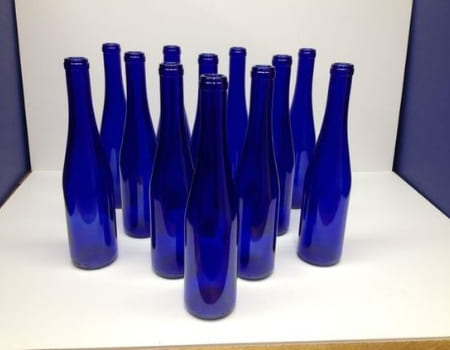
Image credit: Pinterest
If you've only drunk half a bottle of wine and the leftover wine in the bottle is now exposed to a half bottle of oxygen, consider bottling the leftover wine in a smaller container so that there will be less space for air, which means less oxidation. Use a half bottle (150 mL, 375 mL) to store wine if you want to save it for another day. You can get half bottles at most stores that also sell regular bottles (750 ml) of wine. This low-tech approach reduces the ratio of air to wine in the bottle

Image credit: Pinterest
A better option is to use an inert gas, one that doesn’t react with the wine. Inert gas Argon or other gas mixtures work by replacing the oxygen in the bottle and creating a protective layer on the surface. Argon is non-reactive and denser than oxygen, it creates a sheet and protects the wine from coming in contact with air and thus don’t oxidize. Once the gases are sprayed, put the cork back as tightly as possible and refrigerate in an upward position.
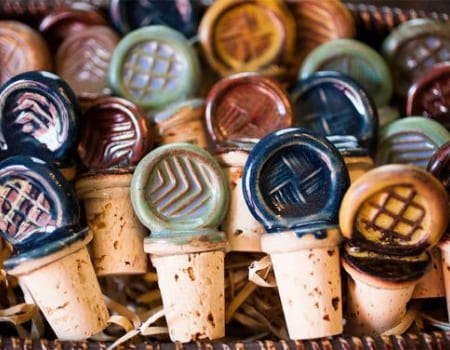
Image credit: Pinterest
If you accidentally threw away the cork you can purchase wine stoppers which come in cute and decorative designs. They are made of plastic or metal and create an air-tight seal. Wine stoppers are used because it is hard to put the original cork back into the bottleneck. Try looking for the ones that have soft flanges near the top. You can find them online or at wine stores. There are stoppers specifically designed for sparkling wines.
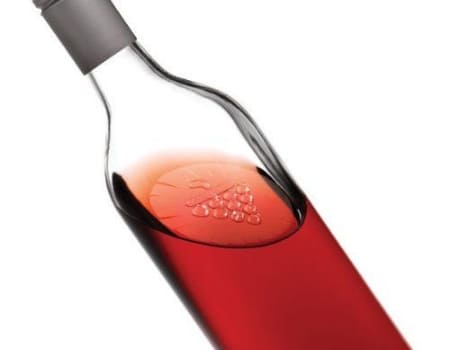
Image credit: Pinterest
Here is another way to preserve the bottle of wine that you didn't finish. A wine shield is a circular, flexible disc which is inserted in a partly drunk bottle of wine. This floating lid keeps the wine fresh and performs strongly for a couple of days. The plastic disc is made with some air bubbles which lets it float on the surface of the wine. It doesn't plug the neck of the bottle instead it moves with it when the bottle is sitting upright. It is a great option for wine drinkers at home who don’t consume the entire bottle in one go. It is also perfect for bars and restaurants that sell wine by the glass.
Enter your Wines now and get in front of top Sommeliers, Wine Directors, and On-Premise Wine Buyers of USA.
